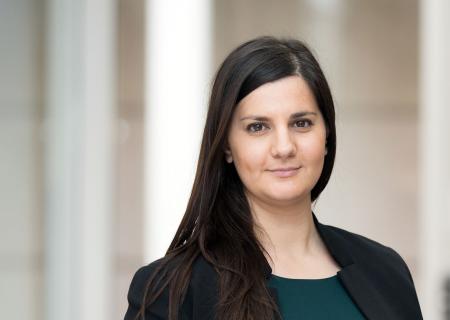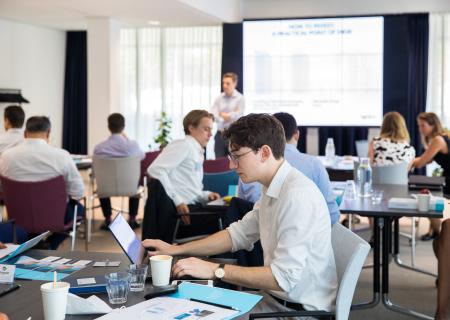The five pillars of better liquidity
Sander van Riel speaks to IQ about open-ended fund liquidity
The INREV Secondary Markets and Liquidity Committee aims to improve the consistency and presentation of information on vehicle liquidity, as well as encouraging greater transparency in reporting to investors and the market as a whole in this area.
As part of this process, the Committee will shortly be publishing a paper entitled ‘The Pillars of An Open-Ended Fund’, specifically aimed at improving the liquidity of open-ended vehicles.
The report covers five ‘pillars’. The first one advocates the need for clear definitions of the terms and rights of investors who want to redeem their capital. The second focuses on establishing a framework for effective access to the secondary market for those wishing to pass on their holdings to another investor.
The potential for a working secondary market in part depends on the establishment and publication of fair price: this is considered in the third pillar.
If the share price is right, redemptions can be paid, unless there is absolutely no liquidity in the underlying property market.
Clear and adequate disclosure of the fund and its assets are also key to effective trading, and this is covered by the fourth pillar. Finally, the fifth pillar confronts the challenge of applying these general principles to the different real estate cultures prevailing across European markets.
Sander van Riel, Head of Continental Europe for CBRE Global Investment Partners, has been involved with European open-ended funds for more than ten years through his firm’s multi-manager business. Having previewed the new INREV report, he believes that it will be useful not only for managers and investors in multi-investor open-ended funds, but also for those involved in structures with smaller investor clubs.
Van Riel thinks that the focus on establishing fair price is particularly important in enhancing market liquidity. ‘The paper rightly points out that unit pricing needs to be accurate in order to provide liquidity’, he says. ‘If the share price is right, redemptions can be paid, unless there is absolutely no liquidity in the underlying property market. In my opinion, if an investor wants to enforce liquidity in such circumstances, they should bear the costs of creating that liquidity. This means that an open-ended fund should have a redemption price mechanism that reflects the true costs of bringing liquidity. This may mean a large spread between fund NAV and the redemption price.’
But he notes that pricing regimes vary greatly depending on location, another theme of the paper.
‘The lag between the market and valuations is much less in the UK than in a number of Continental European markets’, he says. ‘There are however signs that the valuation process is becoming more dynamic. But it’s important to stress there is always likely to be a significant difference between NAV and redemption price - although in good market conditions this can be a premium rather than the discount one would expect when conditions get more difficult. A more responsive pricing regime is also important for the evolution of the secondary market, which is definitely on an upward trend at the moment. I was however intrigued to learn from the report that most funds in the German market, for example tend not to have clear provisions for secondary trading in their documentation.’
Fund managers are not always co-operative when investors are trying to complete their due diligence, so this needs to be more clearly provided for in the initial documentation.
Van Riel was also interested in the paper’s proposals regarding redemption windows. ‘The paper advocates that redemption windows of 12 months could be extended to 24 months in force majeur conditions,’ he notes. ‘I think it’s helpful that the committee wants to standardise this term. The suggestion of a clause in the fund documentation stating that managers’ fees should be reduced if they haven’t paid out redemptions after the 24 month window is also a good one. This could act as an effective spur to increase the volume of sales when investors need that to happen.’
‘We saw in the previous cycle that a number of funds were unable to pay redemptions because they preferred to make use of their cash and sales proceeds in other ways - for example repaying loans to reduce the LTV and replace capex financing. The proposal in the report for an agreed hierarchy of payments in the fund documentation would make this less likely, and encourage funds to maintain lower levels of leverage so that the need to repair leverage doesn’t compete with the provision of liquidity.’
Van Riel suggests that for those entering secondary transactions, fund disclosure is another important area covered by the report. ‘Fund managers are not always co-operative when investors are trying to complete their due diligence,’ he says, ‘so this needs to be more clearly provided for in the initial documentation. This disclosure relates both to the structure of the vehicle and the real estate assets it holds. One possibility could be for two separate stages of disclosure: high level information on the initial expression of interest, followed by more detailed disclosure during the transaction process itself.’
Sander van Riel is Head of Continental Europe for CBRE Global Investment Partners.










